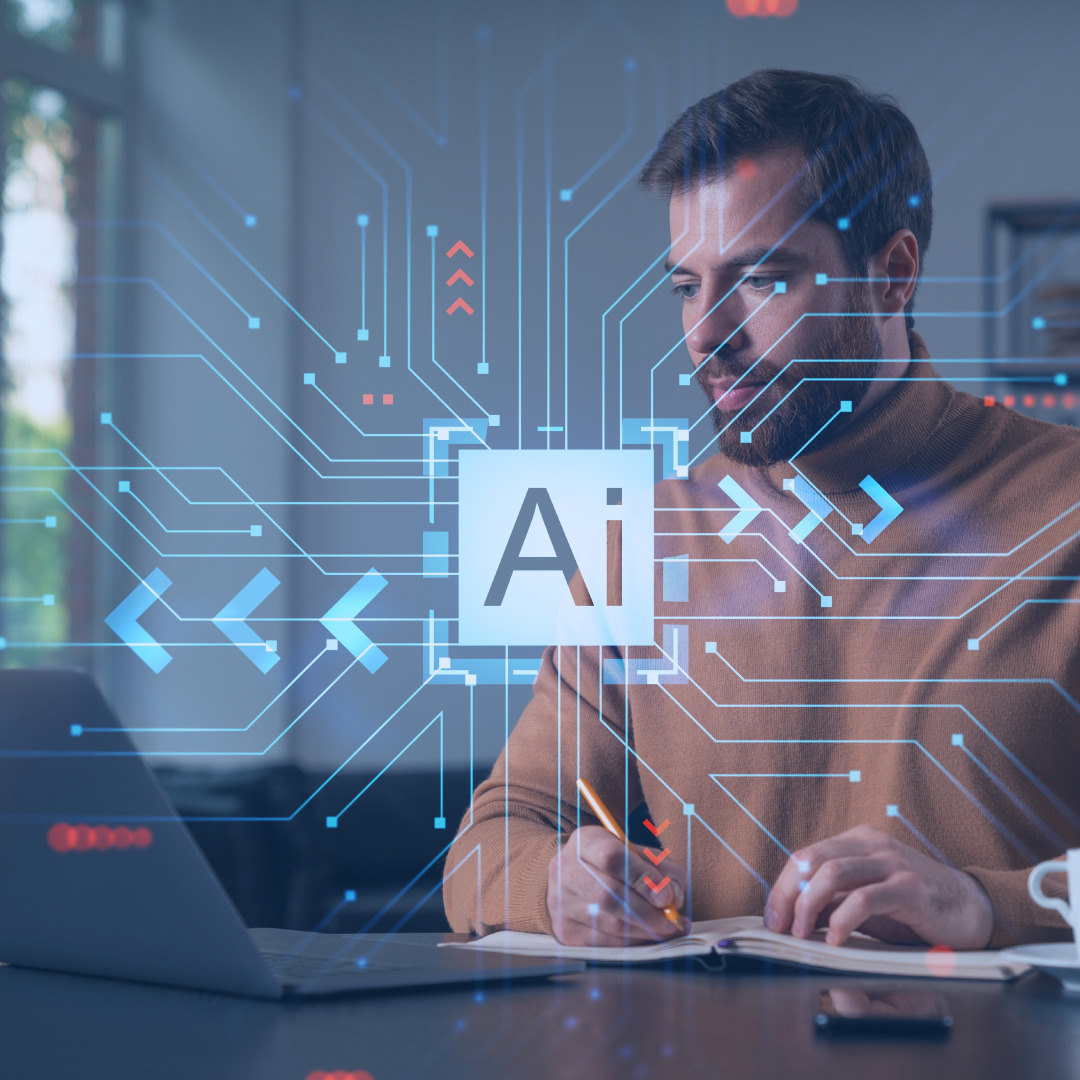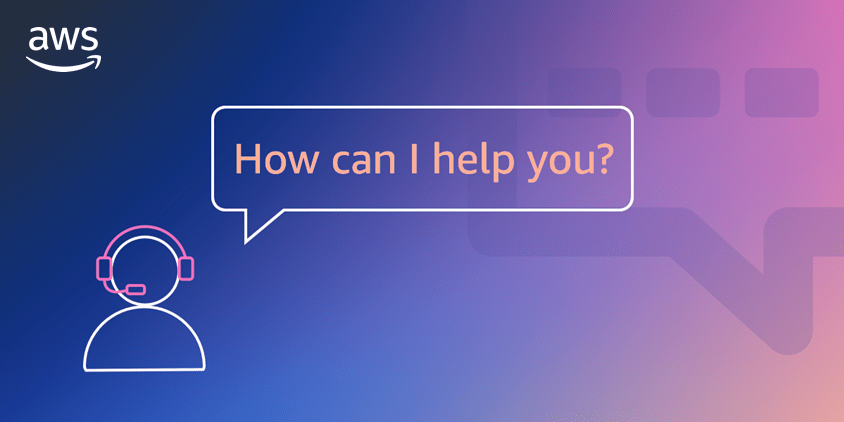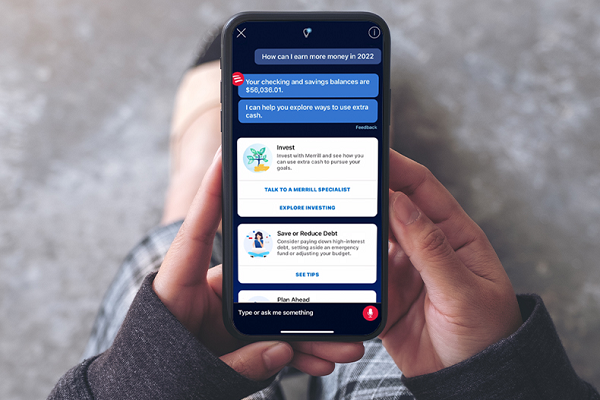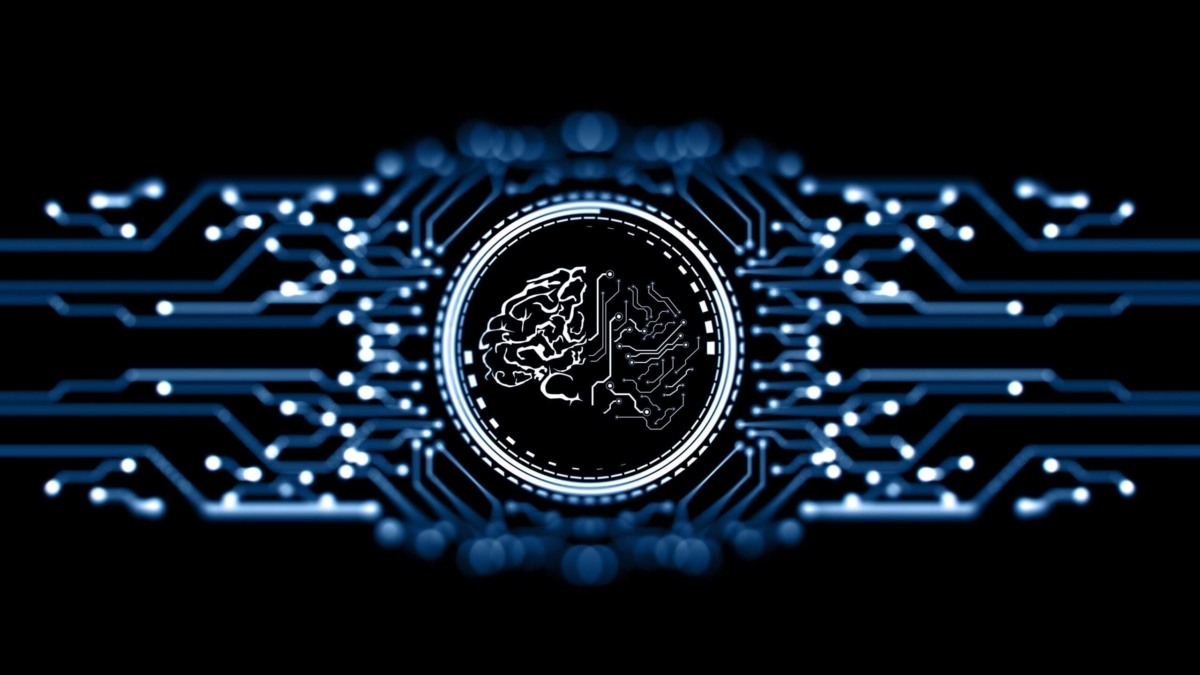Data Analytics Trends in 2024: How AI, IoT, and Data Quality Will Shape the Future of Business
Posted: January 9, 2024 |
In:
Artificial Intelligence
Data analytics is the process of collecting, analyzing, and interpreting data to gain insights, make decisions, and solve problems. Data analytics is becoming more essential and influential in every aspect of business, as data is growing exponentially in volume, variety, and velocity. In this blog post, we will explore some of the data analytics trends that will shape the future of business in 2024, and how they will impact various sectors and industries. We will focus on three key trends: artificial intelligence (AI), Internet of Things (IoT), and data quality. These trends will enable more automation, innovation, and optimization of data analysis, and create new opportunities and challenges for businesses. By the end of this blog post, you will have a better understanding of how data analytics will transform the business landscape in 2024, and what you need to do to prepare for it.
Data analytics is not a new concept, but it has evolved significantly over the years, thanks to the advances in technology, methods, and tools. Data analytics can be classified into four types, depending on the level of complexity and sophistication: descriptive, diagnostic, predictive, and prescriptive. Descriptive analytics tells us what happened in the past, diagnostic analytics tells us why it happened, predictive analytics tells us what will happen in the future, and prescriptive analytics tells us what we should do about it. Each type of data analytics has its own value and purpose, but they are not mutually exclusive. In fact, they are complementary and interdependent, as they provide a comprehensive and holistic view of data and its implications.
However, data analytics is not a static or linear process, but a dynamic and iterative one, that requires constant adaptation and innovation. Data analytics is influenced by various factors, such as the availability and quality of data, the objectives and expectations of the users, the capabilities and limitations of the tools, and the trends and changes in the environment. Data analytics is also affected by the emergence of new technologies, methods, and paradigms, that challenge the existing norms and practices, and create new possibilities and opportunities. Data analytics is, therefore, a constantly evolving and transforming field, that reflects the current and future state of business and society.
In this blog post, we will examine some of the data analytics trends that will shape the future of business in 2024, and how they will affect various sectors and industries. These trends are not isolated or independent, but interconnected and interrelated, as they influence and reinforce each other. These trends are also not exhaustive or definitive, but indicative and suggestive, as they represent some of the most prominent and promising developments in the field of data analytics. These trends are: AI, IoT, and data quality. These trends will be the driving forces behind data analytics in 2024, as they will enable more automation, innovation, and optimization of data analysis, and create new opportunities and challenges for businesses. In the following sections, we will discuss each of these trends in more detail, and provide examples, evidence, and analysis to support our claims. We will also address some of the challenges and considerations that businesses need to take into account when adopting these trends, and provide some recommendations and best practices for doing so. Finally, we will conclude by summarizing the key takeaways from this blog post, and providing a call to action for businesses to embrace data-driven decision-making in 2024 and beyond.
AI: Revolutionizing Data Analysis and Insights
AI is the technology that enables machines to perform tasks that normally require human intelligence, such as reasoning, learning, and decision-making. AI is one of the most powerful and disruptive data analytics trends, as it can automate and enhance data analysis, generate insights, and interact with data using natural language. AI can also help businesses to create new products and services, improve customer experience, and optimize operations and performance.
AI can automate and enhance data analysis by applying various techniques, such as machine learning, deep learning, natural language processing, computer vision, and speech recognition. These techniques can help AI to learn from data, identify patterns and trends, and make predictions and recommendations. For example, AI can use machine learning to analyze customer behavior and preferences, and provide personalized recommendations and offers. AI can also use natural language processing to understand and generate natural language, and enable users to query and explore data using conversational interfaces. AI can also use computer vision to analyze images and videos, and extract valuable information and insights.
AI can also help businesses to apply data analysis and insights to various domains and scenarios, and create value and impact. For example, AI can help businesses to:
- Detect and prevent fraud, cyberattacks, and anomalies, and improve security and compliance. AI can use anomaly detection and pattern recognition to identify suspicious or abnormal activities, and alert users or take actions accordingly. AI can also use encryption and authentication to protect data and systems from unauthorized access or manipulation.
- Forecast demand, supply, and revenue, and optimize pricing and inventory. AI can use predictive analytics and optimization to anticipate future scenarios and outcomes, and provide optimal solutions and strategies. AI can also use reinforcement learning to learn from feedback and improve over time.
- Automate repetitive and tedious tasks, and free up human resources for more creative and strategic work. AI can use robotic process automation and intelligent automation to perform routine and rule-based tasks, such as data entry, data validation, and data extraction. AI can also use cognitive automation and augmented intelligence to perform complex and cognitive tasks, such as data analysis, data interpretation, and data visualization.
However, AI also poses some challenges and risks for businesses, such as ethical, legal, and social implications, data privacy and security issues, and human-machine collaboration and trust. Therefore, businesses need to adopt AI responsibly and transparently, and ensure that their AI systems are fair, accountable, and explainable. Businesses also need to invest in AI talent and skills, and foster a culture of learning and innovation.
IoT: Connecting the Physical and Digital Worlds for Data-Driven Insights
IoT is the network of physical objects that are embedded with sensors, software, and other technologies that enable them to collect and exchange data with other devices and systems. IoT is another data analytics trend that will revolutionize the business world in 2024, as it will enable more data-driven applications and insights, and create new value and opportunities for businesses. IoT can also help businesses to improve efficiency, productivity, and quality, and reduce costs, waste, and risks.
IoT can enable real-time data collection and exchange by connecting various devices and systems, such as smartphones, wearables, vehicles, machines, appliances, and sensors. These devices and systems can generate and transmit data about their status, performance, and environment, and communicate with each other and with cloud or edge platforms. For example, IoT can enable smart homes, smart cities, smart factories, and smart healthcare, where devices and systems can monitor and control various aspects of their surroundings, such as temperature, lighting, security, energy, traffic, and health.
IoT can also help businesses to apply data collection and exchange to various scenarios and domains, and create value and impact. For example, IoT can help businesses to:
- Monitor and control their assets, equipment, and processes, and optimize their performance and maintenance. IoT can enable remote and predictive maintenance, where devices and systems can detect and report faults, and schedule repairs or replacements. IoT can also enable condition-based monitoring, where devices and systems can adjust their settings and operations based on their environment and needs.
- Track and manage their inventory, supply chain, and logistics, and improve their delivery and customer satisfaction. IoT can enable real-time visibility and traceability, where devices and systems can track and report the location, status, and condition of goods and materials. IoT can also enable smart logistics, where devices and systems can optimize routes, schedules, and modes of transportation, and reduce delays, errors, and losses.
- Collect and analyze data from various sources, such as customers, employees, and environment, and gain insights and feedback. IoT can enable customer analytics, where devices and systems can capture and understand customer behavior, preferences, and feedback, and provide personalized and engaging experiences. IoT can also enable employee analytics, where devices and systems can measure and improve employee productivity, well-being, and satisfaction.
- Create new business models, services, and solutions, and enhance their differentiation and competitiveness. IoT can enable product-as-a-service, where devices and systems can offer value-added services, such as usage-based pricing, performance guarantees, and customer support. IoT can also enable innovation and co-creation, where devices and systems can enable new ways of interacting and collaborating with customers, partners, and stakeholders.
However, IoT also presents some challenges and obstacles for businesses, such as data integration, management, and storage, data quality and reliability, data security and privacy, and data governance and regulation. Therefore, businesses need to adopt IoT strategically and holistically, and ensure that their IoT systems are scalable, interoperable, and secure. Businesses also need to leverage edge analytics, data unification, and data streaming capabilities, and align their IoT initiatives with their business goals and values.
Data Quality: The Foundation of Credible and Actionable Insights
Data quality is the measure of the accuracy, completeness, consistency, timeliness, and relevance of data. Data quality is a crucial data analytics trend, as it determines the validity, reliability, and usefulness of data analysis and insights. Data quality is also essential for data-driven decision-making and compliance with regulations.
Data quality can have a significant impact on the outcomes and consequences of data analysis and insights. If the data is accurate, complete, consistent, timely, and relevant, the data analysis and insights will be credible and actionable, and the decision-making and results will be effective and successful. For example, data quality can help businesses to:
- Ensure that their data is correct, up-to-date, and aligned with their data sources and standards, and avoid errors, biases, and inconsistencies.
- Enhance their data analysis, insights, and visualization, and improve their decision-making and outcomes.
- Increase their data trust and confidence, and foster a data-driven culture and mindset.
- Comply with data quality standards and regulations, and avoid penalties and reputational damage.
However, if the data is inaccurate, incomplete, inconsistent, outdated, or irrelevant, the data analysis and insights will be unreliable and misleading, and the decision-making and results will be ineffective and detrimental. For example, poor data quality can lead to:
- Wrong or missing information, and erroneous or incomplete analysis and insights.
- Poor or uninformed decisions, and negative or undesirable outcomes.
- Low data trust and confidence, and resistance to data-driven culture and mindset.
- Non-compliance with data quality standards and regulations, and penalties and reputational damage.
Therefore, data quality management is a vital process that businesses need to implement and practice, to ensure the quality of their data throughout its lifecycle. Data quality management involves various activities, such as:
- Establishing data quality standards and procedures, and defining data quality metrics and indicators.
- Implementing data cleansing and validation techniques, and correcting or removing data errors and anomalies.
- Continuously monitoring and improving data quality, and reporting and resolving data quality issues.
The Convergence of AI, IoT, and Data Quality
The convergence of AI, IoT, and data quality is a phenomenon that will amplify and accelerate the impact and value of data analytics in 2024. These three trends are not isolated or independent, but interconnected and interrelated, as they influence and reinforce each other. By combining the power and potential of AI, IoT, and data quality, businesses can achieve more automation, innovation, and optimization of data analysis, and create new opportunities and challenges for themselves and their customers.
AI can enhance data quality by applying its techniques and capabilities to detect and correct data errors and anomalies, and to identify and extract data patterns and trends. For example, AI can use anomaly detection and pattern recognition to spot and fix data inconsistencies, outliers, and duplicates, and to enrich and augment data with additional information and insights. AI can also use natural language processing and computer vision to understand and generate natural language and images, and to convert unstructured data into structured data.
IoT can provide real-time data for continuous monitoring and quality assessment by connecting various devices and systems that generate and transmit data. For example, IoT can enable smart sensors and meters to measure and report data about temperature, humidity, pressure, and other environmental factors, and to alert users or take actions when data quality issues arise. IoT can also enable smart cameras and scanners to capture and analyze data from images and videos, and to verify and validate data quality.
Data quality can ensure the reliability and effectiveness of AI and IoT applications by providing the foundation and criteria for data analysis and insights. For example, data quality can help businesses to ensure that their AI and IoT systems are using accurate, complete, consistent, timely, and relevant data, and to avoid errors, biases, and inconsistencies. Data quality can also help businesses to enhance their data analysis, insights, and visualization, and to improve their decision-making and outcomes.
Challenges and Considerations for Adopting AI, IoT, and Data Quality Trends
Adopting AI, IoT, and data quality trends is not a simple or straightforward task, but a complex and challenging one, that requires careful planning and preparation. Businesses need to consider various factors and aspects, such as ethical, legal, and social implications, data privacy and security concerns, human-machine collaboration and trust, and data literacy and skills development, when implementing and using these trends. These factors and aspects can have a significant impact on the success and sustainability of data analytics initiatives and projects, and on the reputation and responsibility of businesses and their stakeholders.
Ethical, legal, and social implications are the moral, regulatory, and societal consequences and considerations that arise from the adoption and use of AI, IoT, and data quality trends. For example, businesses need to consider the following questions:
- How will AI, IoT, and data quality affect the rights, dignity, and well-being of humans and other living beings?
- How will AI, IoT, and data quality comply with the laws, regulations, and standards that govern data and technology?
- How will AI, IoT, and data quality align with the values, norms, and expectations of the society and the culture?
- How will AI, IoT, and data quality balance the benefits and risks, the opportunities and challenges, and the costs and benefits, for the individual and the collective?
Data privacy and security concerns are the issues and risks related to the protection and safeguarding of data and systems from unauthorized access, use, disclosure, modification, or destruction. For example, businesses need to consider the following questions:
- How will AI, IoT, and data quality ensure the confidentiality, integrity, and availability of data and systems?
- How will AI, IoT, and data quality respect the consent, preferences, and rights of the data owners and users?
- How will AI, IoT, and data quality prevent and mitigate data breaches, cyberattacks, and data loss or corruption?
- How will AI, IoT, and data quality handle and respond to data incidents and emergencies?
Human-machine collaboration and trust are the interactions and relationships between humans and machines, such as AI and IoT systems, that enable mutual understanding, cooperation, and support. For example, businesses need to consider the following questions:
- How will AI, IoT, and data quality augment and complement human capabilities and roles, and not replace or undermine them?
- How will AI, IoT, and data quality communicate and explain their actions, decisions, and recommendations, and provide feedback and guidance to humans?
- How will AI, IoT, and data quality learn from and adapt to human behavior, preferences, and feedback, and improve over time?
- How will AI, IoT, and data quality build and maintain human trust and confidence, and avoid human bias and error?
Data literacy and skills development are the abilities and competencies that enable humans to access, understand, analyze, and use data effectively and efficiently. For example, businesses need to consider the following questions:
- How will AI, IoT, and data quality empower and enable humans to perform data analysis and gain insights, and not overwhelm or confuse them?
- How will AI, IoT, and data quality provide and support data education and training, and data tools and platforms, for humans?
- How will AI, IoT, and data quality foster and facilitate data culture and mindset, and data collaboration and innovation, among humans?
- How will AI, IoT, and data quality encourage and motivate humans to learn and grow, and to embrace data-driven decision-making?
The Path Forward: Embracing Data-Driven Decision-Making
The path forward for businesses in 2024 and beyond is to embrace data-driven decision-making, and to leverage the power and potential of data analytics trends, such as AI, IoT, and data quality. Data-driven decision-making is the process of using data analysis and insights to inform and guide business actions and strategies, and to achieve better results and outcomes. Data-driven decision-making can help businesses to improve their performance, efficiency, and quality, and to create value and impact for themselves and their customers.
To embrace data-driven decision-making, businesses need to foster and cultivate a data-driven culture and mindset across their organizations, and to encourage and empower their employees and stakeholders to use data effectively and efficiently. A data-driven culture and mindset is the set of values, beliefs, and behaviors that support and promote the use of data as a strategic asset and a competitive advantage. A data-driven culture and mindset can help businesses to:
- Recognize and appreciate the importance and relevance of data for their business goals and objectives.
- Collect and analyze data from various sources and perspectives, and generate insights and feedback.
- Communicate and share data and insights with others, and collaborate and innovate with data.
- Act and execute on data and insights, and measure and evaluate their impact and outcomes.
To foster and cultivate a data-driven culture and mindset, businesses need to invest in data analytics infrastructure and expertise, and to provide and support data analytics tools and platforms for their employees and stakeholders. Data analytics infrastructure and expertise are the resources and capabilities that enable businesses to collect, store, process, analyze, and use data effectively and efficiently. Data analytics tools and platforms are the applications and systems that enable businesses to access, understand, visualize, and interact with data and insights. Data analytics infrastructure and expertise, and data analytics tools and platforms, can help businesses to:
- Ensure the availability, quality, and security of data and systems, and comply with data standards and regulations.
- Enhance the capabilities and skills of data analysts and users, and provide data education and training.
- Empower and enable data analysis and insights, and provide real-time and actionable data.
- Automate and optimize data analysis and insights, and provide intelligent and innovative data solutions.
To invest in data analytics infrastructure and expertise, and to provide and support data analytics tools and platforms, businesses need to continuously learn and adapt to data analytics trends, such as AI, IoT, and data quality. Data analytics trends are the developments and changes in the field of data analytics, that reflect the current and future state of business and society. Data analytics trends can help businesses to:
- Stay updated and informed about the latest and best practices and technologies in data analytics, and adopt them responsibly and strategically.
- Explore and experiment with new and emerging data sources, methods, and paradigms, and create new possibilities and opportunities.
- Anticipate and respond to the changing needs and expectations of their customers, partners, and stakeholders, and provide value and impact.
- Challenge and overcome the existing limitations and obstacles in data analytics, and create solutions and innovations.
Conclusion
In conclusion, the data analytics trends of AI, IoT, and data quality are powerful forces that will shape the future of business in 2024 and beyond. By embracing these trends and leveraging their power, businesses can gain a competitive edge, improve their decision-making, and create value for their customers. However, businesses must also carefully consider the ethical, legal, and social implications of these trends, and invest in data literacy and infrastructure to ensure their success. The path forward is clear: businesses must embrace data-driven decision-making and cultivate a data-driven culture to thrive in the data-driven economy of tomorrow.
Are you ready to embrace data-driven success in 2024? If so, you need to partner with Zeren Software, the leading provider of data analytics solutions. Zeren Software can help you unlock the power of AI, harness the potential of IoT, and enhance data quality, to improve your operations, identify new opportunities, and reduce costs. Zeren Software can also help you gain a competitive edge, drive business growth, and foster a data-driven culture, by providing you with real-time insights and intelligent solutions. Don’t miss this chance to transform your business with data analytics. Contact Zeren Software today for a free consultation and discover how we can help you achieve your goals and vision. Zeren Software: Your trusted partner for data analytics solutions.


























